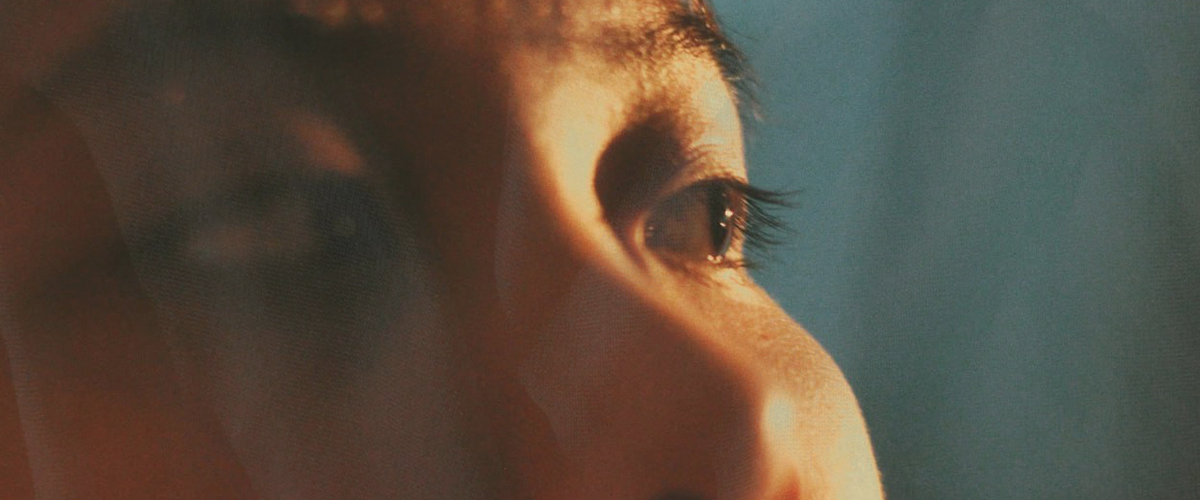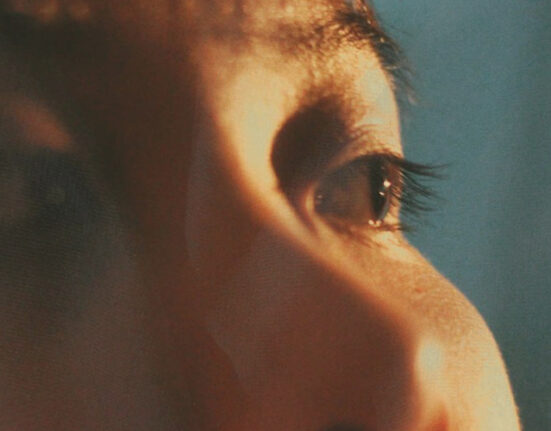RHINOPLASTY, also known as a nose job, is one of the most common aesthetic surgeries that is famous not only in the Philippines but also worldwide. Nose jobs are commonly done to address aesthetic concerns as well as improve olfactory function.
The decision to go under the knife was never easy to make due to its invasive procedure that can put a person’s health at risk, but if you have already decided to take the procedure, here are the things that you need to know and consider.
What to consider
Before considering getting a nose job, the most crucial question to ask yourself is whether or not you’re 100% sure that you really want to do it.
Are you doing it because you like it, or are you doing it because you’re pressured to fit into society’s beauty standards?
Just like every other invasive procedure, such risks must be taken into consideration, and according to the Mayo Clinic, some risks associated with getting a rhinoplasty include:
- Bleeding.
- Infection.
- A bad reaction to the anesthesia.
Other associated risks also include:
- Problems breathing through the nose.
- Permanent numbness in and around the nose.
- The possibility of an uneven-looking nose.
- Pain, discoloration, or swelling that may last.
- Scarring.
- A hole in the wall between the left and right nostrils. This condition is called septal perforation.
- A need for additional surgery.
- Change in the sense of smell
Preparation
Once you have finally concluded that you want to go under the surgery, you will first have to find the right surgeon that you can trust. To look for the right surgeon, you have to do your research to look for someone who is board-certified and has a specialization in rhinoplasty.
Don’t forget to also review their portfolio and ask to see their before and after photo of their previous patients so that you’ll know if their work aligns your aesthetic goals.
Once you meet the right surgeon, a meeting will soon then be scheduled. Be prepared to provide your medical history, especially if this includes nasal blockage, a history of surgeries, and medication.
A physical exam will also be conducted to see whether you’re a fit candidate for a rhinoplasty.
During preparation, feel free to also talk about what to expect with your surgeon.
During
During surgery, you will be put in a sleep-like state through anesthesia.
Rhinoplasty surgery may be done inside the nose or through a small external cut at the base of the nose between the nostrils. During the surgery, the surgeon will likely readjust the bone and the cartilage underneath the skin.
The cartilage, also known as the “bones” of your nose, can also be changed depending on how much needs to be taken out or added as well as the available materials. However, if you’re aiming for a small change, cartilage may be taken from deeper inside the nose or from the ear.
If you’re seeking a larger change, cartilage from a rib, implants, or bone from other parts of your body can be used.
Once the changes have been made, the skin on the nose and tissue are put back while the cuts are sewn together.
There are times that the wall between the septum is bent or crooked. This procedure is called a deviated septum, which can be straightened during the surgery to make breating easier.
Sometimes, the wall between the two sides of the nose, known as the septum, is bent or crooked. This is called a deviated septum. It can be straightened during surgery to make breathing easier.
Aftercare
Once the surgery is complete, bed rest is a must with your head being raised higher than your chest. Through this, bleeding and swelling will be reduced.
The newly operated nose may also be stuffed up due to swelling, which can be the splints that are pushed inside your nose during surgery.
For 1 to 7 days after the surgery, the internal bandages will stay in place while a splint will be taped to your nose for protection and support. This splint is usually in place for about a week.
A little bleeding as well as drainage of mucus is expected after the surgery and after removing the dressing. A drip pad (small piece of gauze held in place with tape) can be put under your nose to absorb the drainage.
The change of gauze should be changed as directed by your healthcare provider and remember not to put the drip pad tight against your nose.
Following instructions for aftercare is as listed:
- Avoid intense physical activities such as aerobics and jogging.
- Take baths instead of showers while you have bandages on your nose.
- Don’t blow your nose.
- Sneeze and cough with your mouth open.
- Avoid certain facial expressions, such as smiling or laughing.
- Eat high-fiber foods, such as fruits and vegetables, to keep from getting constipated. Constipation can cause you to push hard, putting pressure on the surgery site.
- Brush your teeth gently to keep your upper lip from moving.
- Wear clothes that fasten in the front. Don’t pull clothing, such as shirts or sweaters, over your head.
How useful was this post?
Click on a star to rate it!
Average rating 0 / 5. Vote count: 0
No votes so far! Be the first to rate this post.
We are sorry that this post was not useful for you!
Let us improve this post!
Tell us how we can improve this post?







